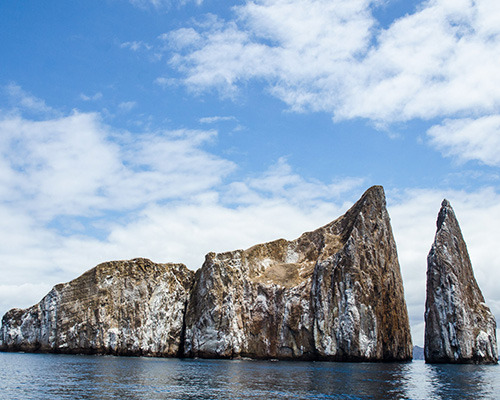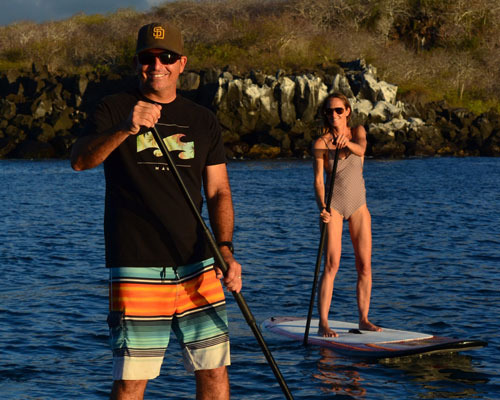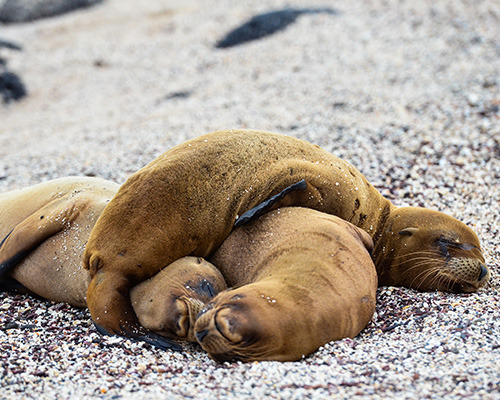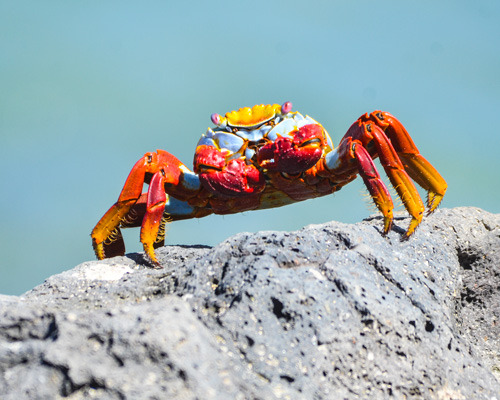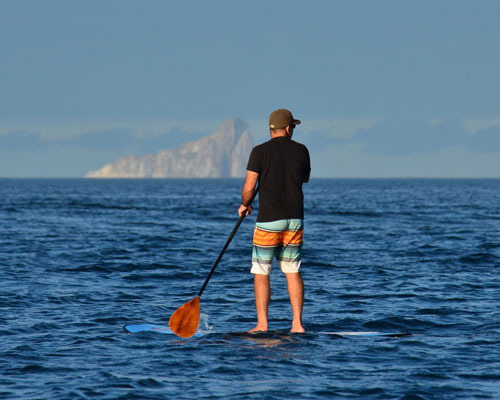TRIP START AND END
ARRIVING – Upon arrival at the international airport in Quito, you can grab a taxi and make your way to the hotel. There will be taxis waiting and the hotel will be expecting you. It should cost around $25-30 dollars and you should negotiate a set price BEFORE you get in the taxi. If you have paid for an airport pick-up, a representative will be waiting for you – look for your name on a sign! It is best to arrive early on the tour start date and even better - a day or two before to see some of the sights in Quito. We can help with any pre-trips and accommodations – just ask!
BRIEFING – The welcome briefing is at 6:00pm at your hotel unless otherwise stated. After the briefing, you’ll head to dinner with your new friends and fellow travelers. If you miss the briefing or arrive too late, instructions will be left for you at the front desk detailing the next day’s activities and times.
DEPARTING – There no planned activities on the last day so you can depart any time. If you depart before noon, we’ll be sure to get you to the airport in ample time. Otherwise, same as before. Grab a taxi and negotiate before you get in the car. If you’re staying a while and need help with accommodations or post-trips, we’re here to help.
what's sup? about the paddleboarding
We use the sturdiest, most versatile stand-up paddle boards we can find that can handle the elements of the Galapagos Islands. They are easy to use, and work well launching from beaches, boats or piers and maneuvering around jagged, sometimes sharp lava rocks.
All paddle board activities, as well as other activities, are optional on this tour. You can choose ahead of time to explore by kayak if you want to take a SUP break one day. This is a flexible adventure tour bringing you to the best parts of the islands in a unique and fun way!
CURRENCY, BILLS & ATM’S – The currency in Ecuador and the Galapagos is the US Dollar. There are ATM’s in San Cristobal, Isabela and Santa Cruz islands but it is best to carry cash into the islands rather than hope the ATM works. Most, if not all stores will only accept cash and small bills at that. Make sure all your notes are less than $100 and are in reasonably good condition – the locals and banks aren’t fond of torn or tattered bills.
FEES – The fees you are responsible for paying are as follows:
- $20 INGALA CARD – CASH ONLY
- $200 PARK ENTRANCE FEE – CASH ONLY
BUDGET – You are responsible for the above-mentioned fees and 2 meals on the trip. A cheap meal is $8-15 and an expensive meal is $20-40. Beers are around $3-5 and sodas, and snacks are $1-2. An emergency stash of cash is always a good idea – we recommend at least $200. All that’s left is souvenir money and a tip if you choose to leave one.
TIPPING – 10% is the typical tip in restaurants and is usually included in your bill as a service charge. For drivers, helpers, and crew during your trip, $5-10 a day is customary and included in your tour price. For your guide, $10-12 per day per person is the norm. Tipping is in no way required and entirely at your discretion. It is however of great significance to those who have helped make your tour a success and a great way to express your appreciation for a job well done.
All of our trips are lead or co-lead by a certified Galapagos Naturalist Guide. Your guides will have a wealth of information about the islands, flora and fauna. They are locals and speak excellent English. We are truly grateful for our wonderful guides! Check out Meet Your Guides for more information. There is also on-site support in Quito and in the Galapagos. That means that someone is physically there to assist with any challenges that may arise and doubly ensure that your trip is the trip of a lifetime!
Spending 10 days with fellow travelers from around the world can be exciting and dynamic. At times, it can be a challenge. For the best possible trip, it is important that all passengers adhere to meeting times as a common courtesy. With a small effort on your part and some patience on behalf of your fellow travelers, we are certain that the trip will be enjoyable for all.
In order to enter Ecuador, you must have a valid passport with more than 6 months validity. You may also need a visa depending on your home country. Contact your local emabassy or consulate for the most up to date travel requirements. IT IS YOUR RESPONSIBILITY TO HAVE PROPER TRAVEL DOCUMENTATION. It’s also a good idea to have a copy of all important documents with you. Even better is to take a picture or scan important documents in a email to yourself (passport, airline ticket, etc).
Bags get lost. Flights get delayed. And the unexpected, well you get the picture. Things happen. Travel insurance is the best way to protect yourself and your investment should a misfortune occur. There are several to choose from and not as expensive as you think. Usually only 5 to 15 dollars a day is wht it costs to give you peace of mind before and during your trip.
For more information, visit our travel insurance webpage.
Purse-snatchers and pickpockets love to prey on the unsuspecting and obvious tourist. It is best to leave your valuables, extra cash, and passport in room or hotel safe as a precaution, especially in Quito. Please visit our Travel SMART section for more information.
Safety is our first and foremost concern on all of our tours. However, participation in any and all activities is at your own risk. This is an adventurous tour in nature with a variety of activities that carry their own inherent risk.
All information and itineraries are designed to be as informative as possible and are provided in good faith. Due to the temperament of Mother Nature and the Ecuadorian Government, itineraries may change and activities may be shifted, omitted or replaced without notice. Our goal is to give you the best possible tour with a safety first mentality. We also must comply with all rules set forth by the national and local governments no matter how convenient or inconvenient they may be. The good news is that we rarely have to change the itinerary drastically and we are very adept at dealing with the challenges of operating in a third world country. You’re in good hands!

